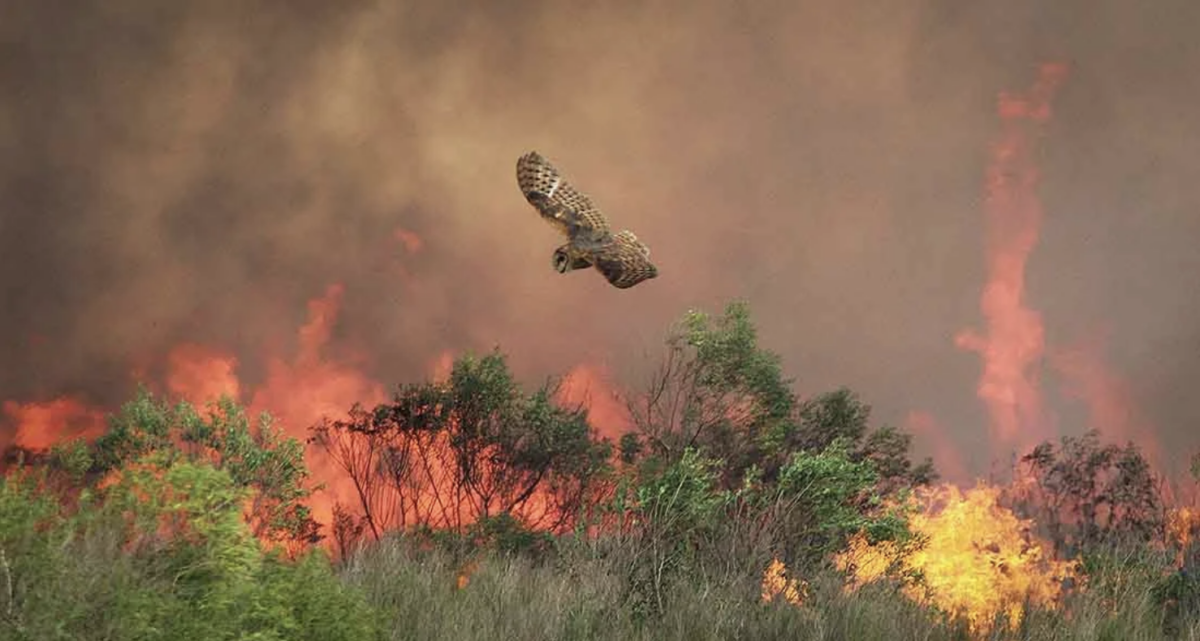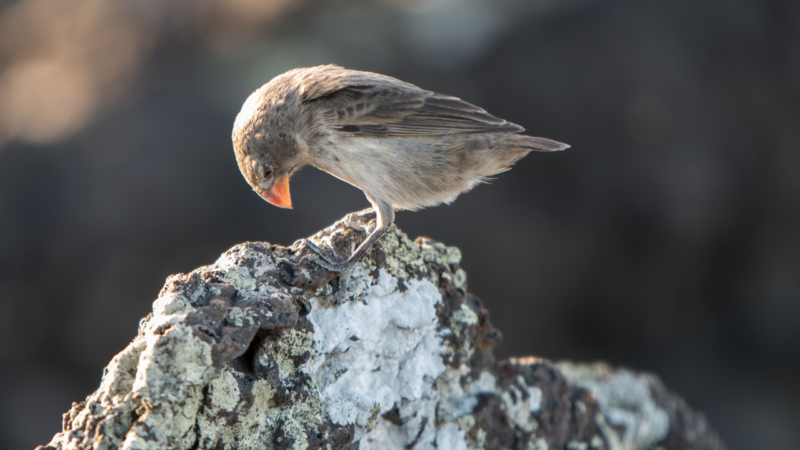
Project Phoenix uses community science to learn how smog and smoke affect birds
All are invited to participate in new program from UCLA and Natural History Museum of Los Angeles County
Smog and wildfire smoke aren’t just rough on human lungs, they also harm birds.
Project Phoenix, a joint project from UCLA and the Natural History Museum of Los Angeles County, will use community science to investigate exactly how they harm them. The project takes flight on July 18, bringing together scientists, enthusiasts and California communities — with a goal of developing conservation strategies to help birds cope in the face of increasing wildfires, air pollution and climate change.
Participants can volunteer as little as 10 minutes a week to document birds in their neighborhoods. A team of researchers will then analyze the data they collect to learn how birds adapt their behavior during different types of smoke exposure.
It may seem that animals that can fly to escape flames would fare better than animals that travel on foot, but their high-performance respiratory systems — necessary to generate energy needed to fly — are more sensitive than those of mammals, said Olivia Sanderfoot, the Project Phoenix program director and ecologist with UCLA La Kretz Center for Conservation Science. Smoke damages birds’ lungs and leaves them susceptible to respiratory infections, some of which can be fatal. Meanwhile, the fires themselves destroy critical areas of habitat that birds rely on for food and water.
“Folks are concerned,” Sanderfoot said. “So far, we haven’t had a clear picture as to how birds are impacted by smoke and urban air pollution. So that’s what we’re trying to figure out.”
Project Phoenix was inspired by stories from birders who observed changes in the animals’ behavior during intense smoke events in western North America. According to reports, some birds exhibited changes in birdsong and increased their reliance on bird feeders and baths.
Allison Schultz, project strategist and associate curator of ornithology at the Natural History Museum, said every participant will contribute something of value.
“Understanding what birds are doing differently during smoke events and how we can help them is crucial. Any observations are important, no matter how big or small,” Schultz said.
Previous research examined migration patterns of specific species during smoke events, but Project Phoenix will be the first comprehensive study to investigate how wildfire smoke and urban air pollution interact to affect bird behavior. To ensure accurate analysis, ecology researchers will collaborate with atmospheric scientists to differentiate between the effects of urban air pollution and wildfire smoke using satellite data and chemical transport models — a computer model that predicts air pollution concentrations.
The project aims to use information it gathers to inform conservation strategies, such as adding water sources where they’re most needed during smoke events. The project also hopes to improve the well-being of volunteers, said Sam Tayag, who manages community science programs for the Natural History Museum.
“There’s evidence that observing birds helps with mental health, which is important when we keep seeing traumatic footage of wildfires,” Tayag said.
People of all ages and backgrounds, regardless of previous birding experience, are invited to participate, and online resources will be offered to support those new to birding. For more information about Project Phoenix and its research findings, please visit projectphoenix.study or contact projectphoenix.socal@gmail.com.
Published:



